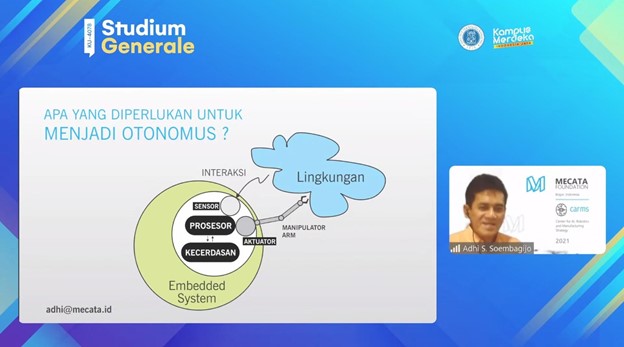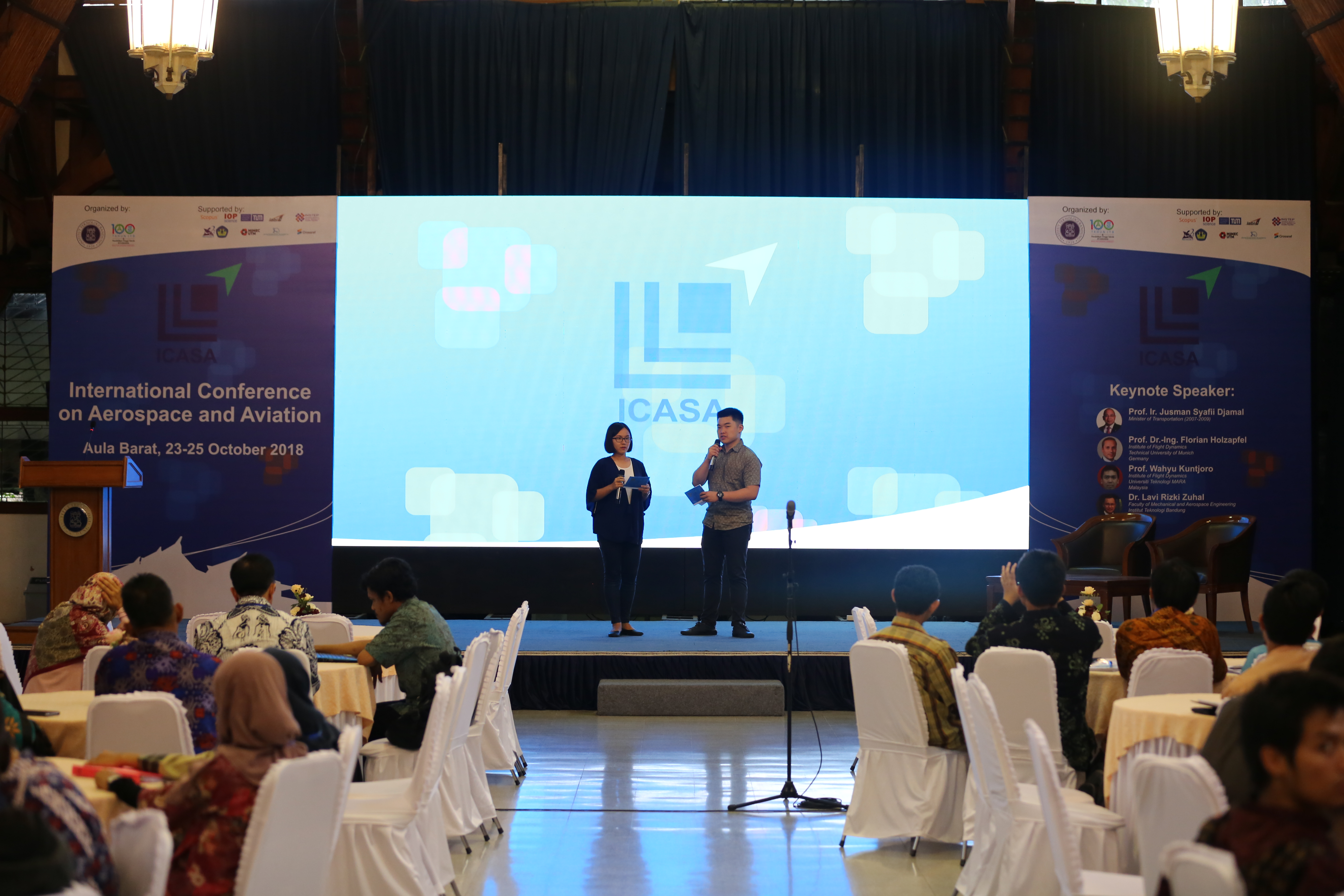Metagenomic Surgery with Bioinformatics Perspective
By Adi Permana
Editor Adi Permana

BANDUNG, itb.ac.id–Faculty of Mathematics and Natural Sciences (FMIPA) Institut Teknologi Bandung (ITB) held a Bioinformatics Webinar Series #4 "Metagenomic" on Monday (16/08/2021). They invited two speakers: Husna Nugrahapraja, Ph.D. (SITH ITB) and Dr. rer. grout. Rahadian Pratama, M.Sc. (Department of Biochemistry, FMIPA IPB).
Husna, as the first speaker, explained the material "Exploring the Microbial Universe as the Foundation of Biosphere using Sequencing Approach". He said, living things interact with each other, both within species and not. This has been known since ancient times with the term symbiosis. One example of interaction between species is the interaction of humans with a very complex microbiome. The complexity of the interaction between the two provides an opportunity for life sciences researchers to further develop and combine it with existing technology.
Body cells with surrounding bacteria interact with each other, both with intracellular and extracellular metabolites. From the perspective of bioinformatics, there is a relationship between the microbiome and its bioinformatics. Therefore, with the metagenomic concept, researchers can find out the relationship between a micro-ecosystem and the bioinformatics of the entire community in the ecosystem.
Furthermore, Husna explained, the limitation of mapping bacteria—in the form of humans' inability to formulate a medium for a specific microbe to exist—is still challenging to do. Therefore, starting from the Human Genome Project to the Next Generation Sequencing (NGS), which brought the era of the Genomics Promise, it is possible to know data on microbial genes in a community from a sample taken from a particular environment that interacts easily with each other.
Metagenomics itself has a diverse and long pipeline. Each sub-component needs to be planned as well as possible because the uncertainty is enormous if it is not carried out without a plan.
"If we don't design the related studies properly, the results may not match our expectations, or the results could be completely different," said Husna. For future perspectives from metagenomics itself, systems and data standards are needed to store genetic databases.
Dr. Rahadian as the second speaker, then discussed the characteristics of enzymes through the metabolic profile of the bacterial community in the beaver intestine with metagenomics. From the metagenomic mapping of otters between age groups, it is known that each age group of otters has a microbiome dominated by different specific phyla. In addition, as otters age, the diversity of the gut microbiome becomes more detailed and similar because the same food is consumed consistently.
After the presentations of the two speakers, the Bioinformatics Webinar Series "Metagenomic" webinar was completed.
Metagenomics seems to have an important role. The knowledge during the webinar is expected to be useful for many lives.
Reporter: Najma Shafiya (Postharvest Technology, 2020)
Translator: Billy Akbar P.

.jpg)
.jpg)
.jpg)
.jpg)
.jpg)



